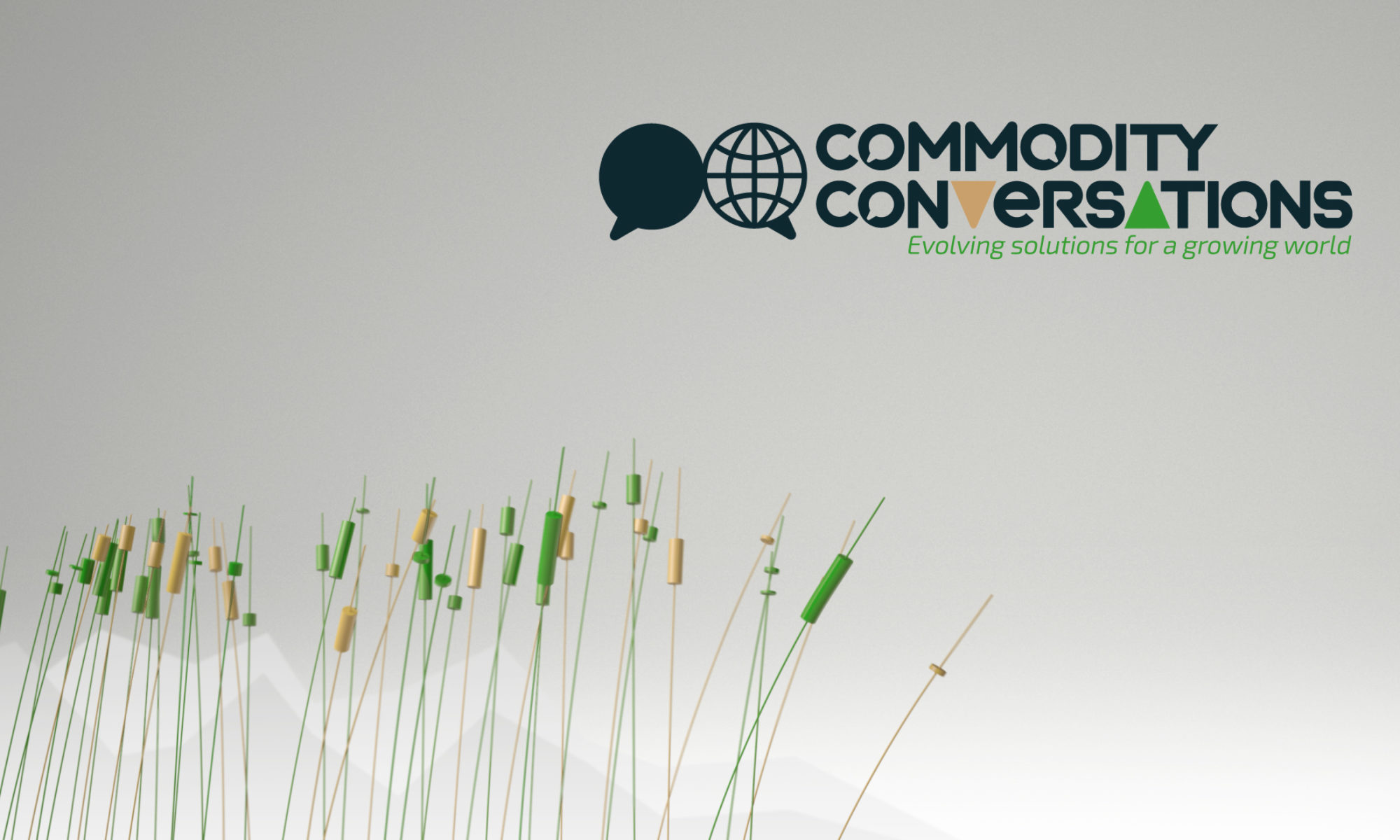Regular readers will know that one of the recurring themes in my books and blogs is the idea that power has shifted along the supply chain first from farmers to traders, then from traders to processors, then from processors to retail and finally from retailers to consumers. The Internet and social media have empowered the final consumer. Not only that, but the gamma, the rate of change in consumer preferences, has accelerated.
I was reminded of this when I read this week that Borden Dairy Co, a major US milk processor, had followed hard on the heals of Dean Foods Co., another major US milk processor, to file for bankruptcy. Both are based in Dallas Texas, and between them they control(led) 13.5 percent of the US dairy market.
Both companies blamed the collapse in dairy milk consumption for their difficulties. Per capita consumption that has fallen more than 40 percent since 1975, of which 25 percent since the start of the century. And according to the USDA, per capita consumption continues to fall at 2 percent per year.
The reasons for milk’s fall from favour are numerous. Some people have stopped consuming milk on health grounds, concerned about its fat (and weirdly, its sugar) content, or because of their perceived lactose intolerance. Others cite concerns about animal welfare, particularly the way that young calves are seperated at a young age from their mothers. Others are concerned about the GHG emissions of livestock farming in general.
Partly as a result of these concerns milk has been facing stiff competition from the growing availability of plant-based milk substitutes such as soy and oat drinks. But it has also been a victim of a trend away from eating breakfast at home. The bowl of cereal (with milk) has lost out to the (dry) cereal bar that can be eaten on the move.
The collapse in milk consumption has forced many dairy farmers out of business. The U.S. has lost nearly 20,000 licensed dairy farms, a roughly 30 percent decline, over the past decade. In court filings, Borden said that 2,730 US dairy farms had gone out of business in the last 18 months alone. Ironically, this has increased the pricing power of the farms that have managed to stay in business. As a result farm gate raw milk prices have increased by 27 percent since this time last year, squeezing processor margins.
At the same time there has been a new entrant into the milk-processing sector: a customer has become a competitor. Walmart, previously one of Dean’s major clients, opened its own milk processing plant in Indiana in 2018. Some in the business have accused Walmart of using liquid milk as a ‘loss leader’ to attract customers into their stores.
Companies in the sector are doing what every sector under pressure does: cutting costs by reducing capacity through consolidation while diversifying into other products where demand is growing, whether they be plant-based milk substitutes or value-added dairy products such as cheese and yoghurt.
And while demand for ordinary milk is falling, demand for lactose-free or lactose-reduced milk is increasing, as is demand for specialty dairy products. US sales of flavored whole milk jumped 8.9% in the first ten months of last year while sales of lactose-reduced or lactose-free milk grew 11% between November 2018 and November 2019. Grass-fed milk sales grew about 51% in that period.
Some companies have even taken the dramatic step of exiting the shrinking dairy market to concentrate solely on the expanding plant-based substitute market. Elmhurst 1925, which operated dairy facilities in the New York City region, closed in 2016 and emerged a year later as a plant-based beverage producer without any cow products.
Unfortunately neither Borden nor Dean Foods were nimble or flexible enough to avoid bankruptcy. Borden’s CEO told Bloomberg, “Borden has a 163-year history that has stood for the goodness of dairy for all that time. We’re going to stay squarely focused on that.”
Finally, I was shocked to find out this week that Charles Darwin never said, “It is not the strongest species that survive, nor the most intelligent, but the ones most responsive to change.” It’s a shame because it is a great quote, one that obviously applies in this case.
© Commodity Conversations ®













